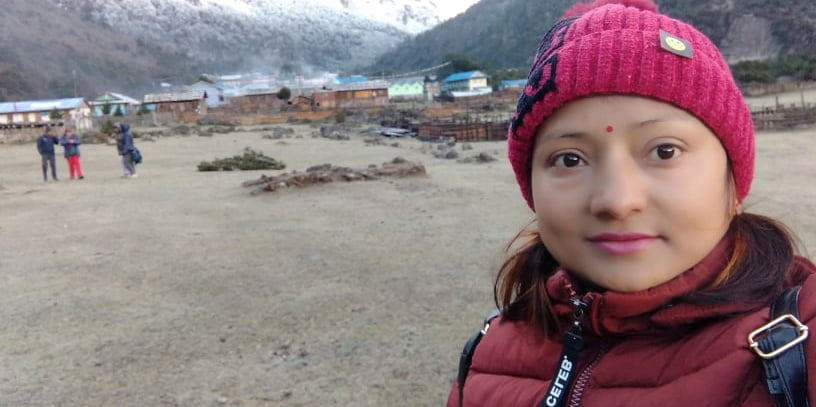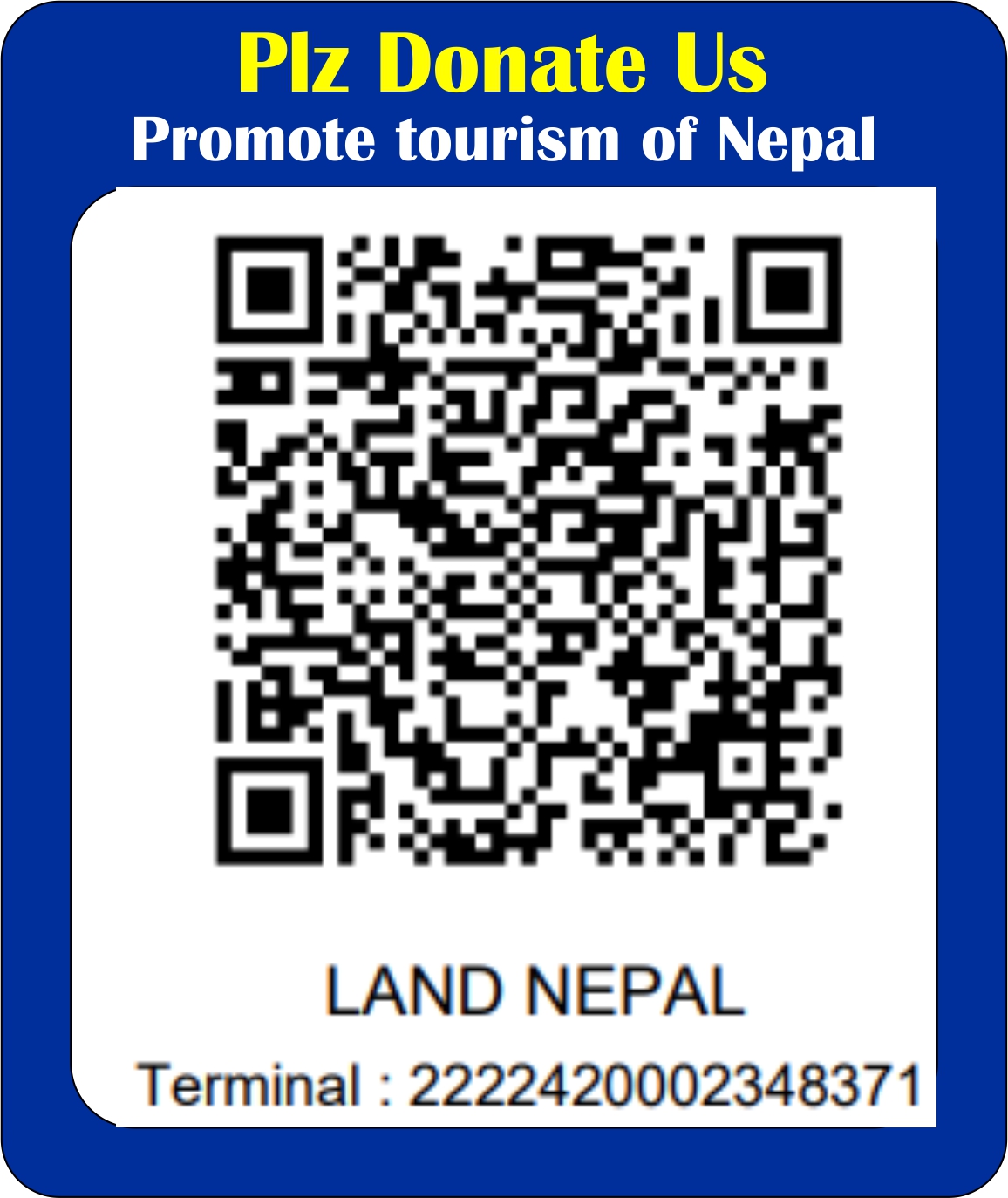Ghunsa is a Tibetan word whose meaning is winter place i.e. “ghun” refers to winter and “sa” refers to a place in the Tibetan language. Ghunsa is a rural village of Taplejung district which is situated in Mechi zone, Province no.1, Nepal. It is situated at an elevation of 3,475 m. it is surrounded by beautiful hills as it is situated in the Himalayan region.
The village was renowned after the helicopter crash where 24 people died including the famous peoples related to conservational works. This village was officially considered as the tourism spot on the occasion of world tourism day 2019. This village is also the checkpoint for Mount Kanchanjungha.
Transportation facilities:
The transportation system has not been developed in this village so we can go there by trekking for almost 2-3 days from the bank of the Ghunsa river to the ghunsa village. As there is no means of transportation to pollute the environment we can say it is a very clean, green, and unpolluted place. Having no advanced transportation, major means of transportation there are mules, horses, and yaks.
Climate:
The village is situated in the Himalayan region so the climate of the village is very cold during the winter season. To escape from the extreme cold many people of the village shifts to the valley of Taplejung or Kathmandu district. They usually stay there for 3-4 months and return to their village. There is snowfall almost every months.
Culture and religion:
People residing in this village are mostly of the Sherpa community, which can also be called the Buddhist community. Not only from the view of tourism but this village is famous also because of its religious and cultural value. Peoples of the village burns a small amount of leaves of Black Juniper(dhupi) every early morning as it has a beautiful smell and equally important from cultural views.
Natural resources, income and facilities:
There are many mountains in the village area. Among all these mountains Kumbhakarna is considered the holy mountain. Many people believe the mountain has spiritual powers. So they worship the mountain and pray to it as they consider the mountain will protect them, their village, and animals from natural disaster and various unseen powers.
Income:
People residing there generate their income through medicinal herbs, tourism, by selling the dairy products made from the yak’s milk to the tourists as well as the people from the other side of the border. Peoples, there are mostly engaged in farming and yak grazing. The main crops which are grown there are maize and potatoes.
Facilities:
The houses there are made up of stones and roofs made with woods. There are approximately 45 households. There are some hotels and restaurants which looks colourful and attractive which increases the beauty of that village. People here were cultural dress and celebrate cultural festivals like Loshar. They entertain tourists by singing cultural songs and dancing on them.
There is a school which teaches up to grade 8 to children of a different religion. This school was constructed by the help of the fund provided by the Himalayan Development Foundation. Also, there is a health post that provides medical services to the people living in the village. There is also small hydropower that generates energy using the water of the Ghunsa river that is used by the neighbouring village.
So Ghunsa village is a small rural village which is a very beautiful tourist destination that has beautiful scenery of mountains, rivers, fountains and many more to visit.
-Article written by: Kusum Kharel for Land Nepal





